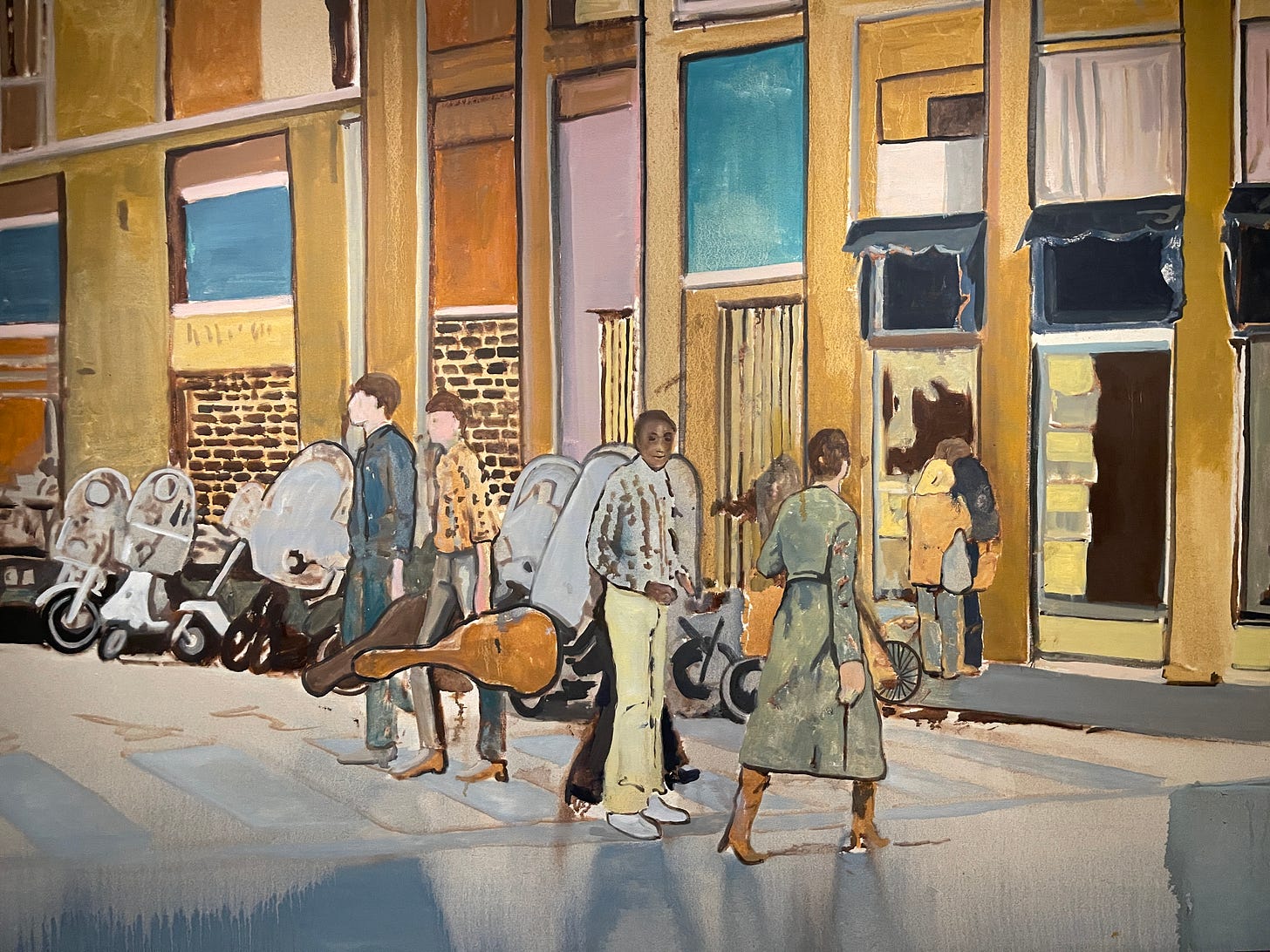Market Log #1
A monthly roundup of books, podcasts, articles, art exhibitions and movies/documentaries I consume.
“You are what you consume.”
I must’ve lived by these words all my life. I was the girl who picked up Crime and Punishment as a summer read in high school. “Who reads Dostoevsky for fun?” a classmate teased. It me. Even as I didn’t fully grasp the cultural weight of the book, I enjoyed every moment spent with the deeply flawed, intensely feeling main character Raskolnikov.
The book taught me about humanity in all its maddening complexity, and I came away with surprisingly more compassion for Raskolnikov. His torment helped me see misfits and outcasts in a new light: characters whose morality often gets distorted by circumstances. Here I was at 17, already wrestling with moral gray areas and challenging my rigid dichotomy between good and bad. That’s when I realized the power that books (and more broadly, mediatized works) hold in fostering understanding between different people. That is, in addition to direct experience of course.
“You are what you consume.”
This phrase has become a sort of guiding principle for my work and life. Professionally, I’ve found that engaging with other disciplines only deepens my connection to fashion. Personally, I feel the most fulfilled when I’m intellectually being challenged or experiencing a diversity of culture in all forms. Luckily I live in New York where this kind of exposure is readily available if you look for it.
And with this long preamble my dear readers, I present you Market Log: a monthly digest of books, podcasts, articles, art exhibitions and movies/documentaries I consume. It will be brainy at times but also fun, silly, nerdy and provocative. If you too would like to spend less time scrolling and more time engaging with the world around you, bookmark this email. I’ll occasionally also include a list of cultural events happening throughout the world.
Enjoy!
About Town:
The Time is Always Now: Artists Reframe the Black Figure
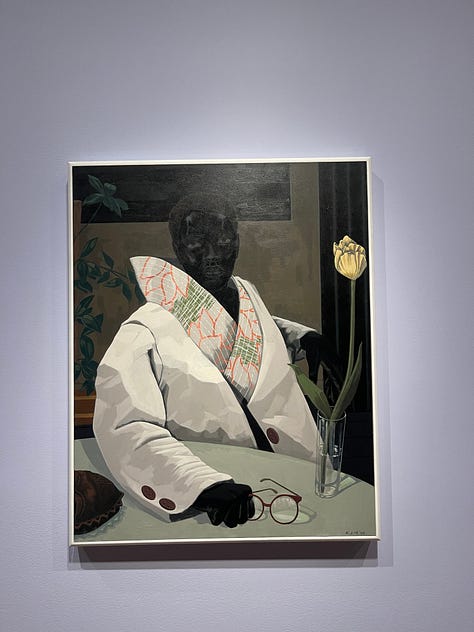
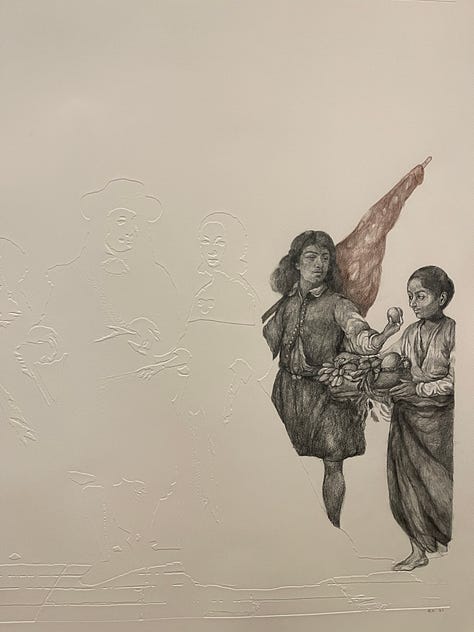
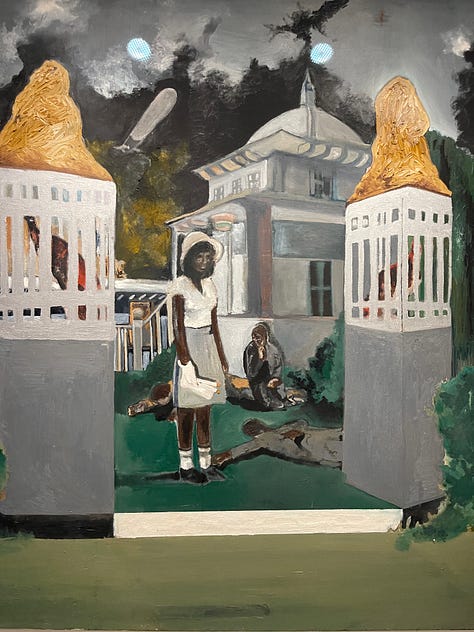
This exhibition came highly recommended by Elizabeth Way and it made me emotional. Presenting the techniques and narrative concepts artists use to reframe the Black figure, it is a powerful tribute to Black ingenuity. Among the artworks on view, Noah Davis revisited a painful event in our history (conceptualizing the aftermath of the Tulsa Race Massacre of 1921 in Oklahoma); Barbara Walker subverted the notion of visibility by meticulously drawing her Black characters while abstracting the white figures; and Kerry James Marshall emphasized what W. E. B. Du Bois called our “double consciousness” with deep rich colors that draw attention to the ways in which we are “simultaneously present and absent in the world.”
A feat of curation by the brilliant writer and journalist Ekow Eshun!
Edges of Ailey
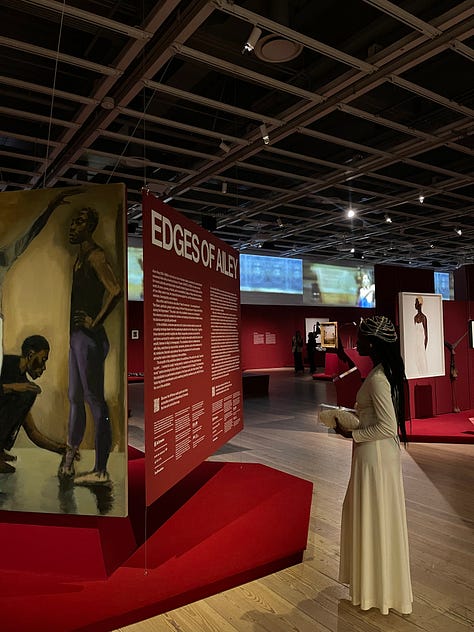
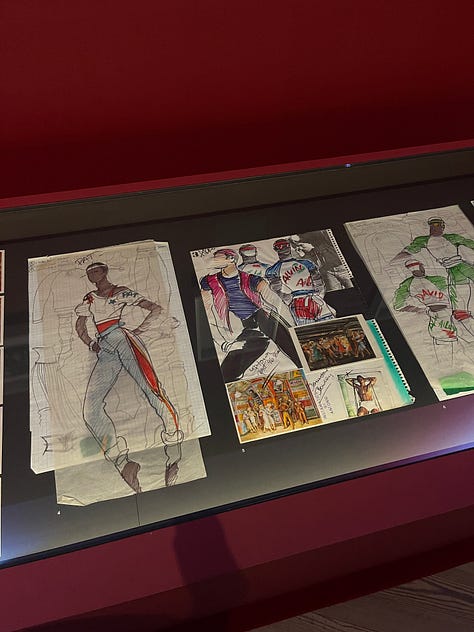
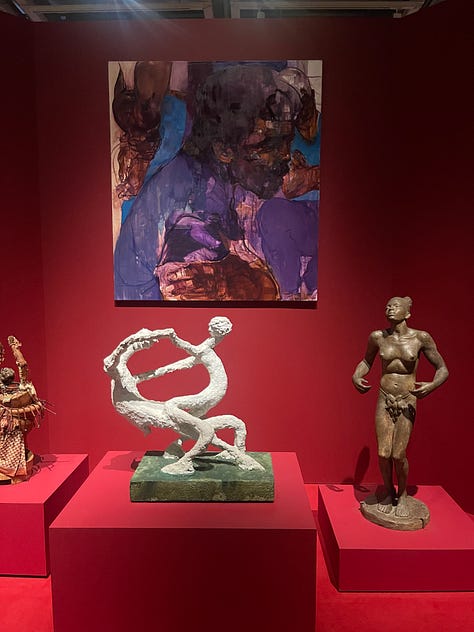
Alvin Ailey, the man he was! I loved seeing how deeply inspired and collaborative his artistic process was, drawing from so many facets of Black and Afro-Carribbean life (music, spirituality, migration and art). The exhibition paid homage to all these influences but I only wish there was more focus on his actual choreographies and not just his peers and sources of inspiration.
Rendering Revolution: Revolusyon Toupatou
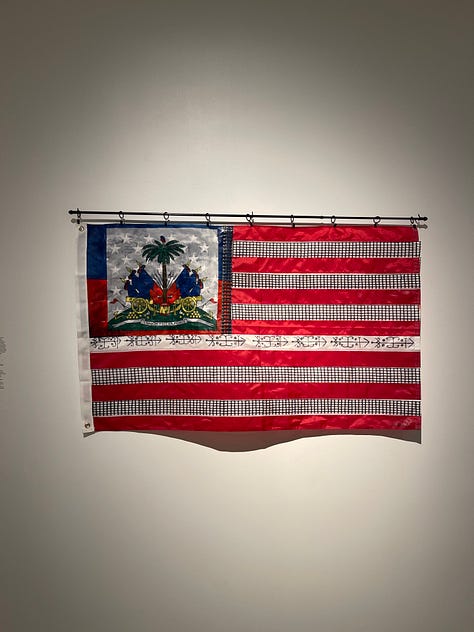
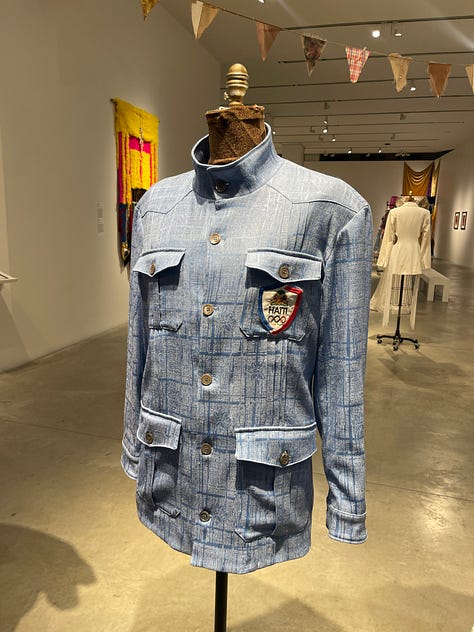

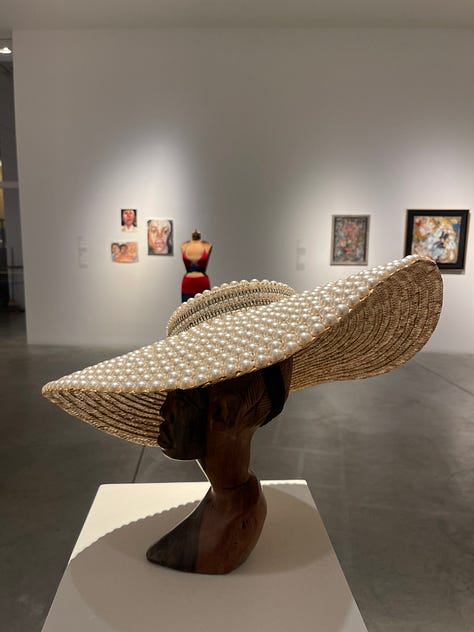
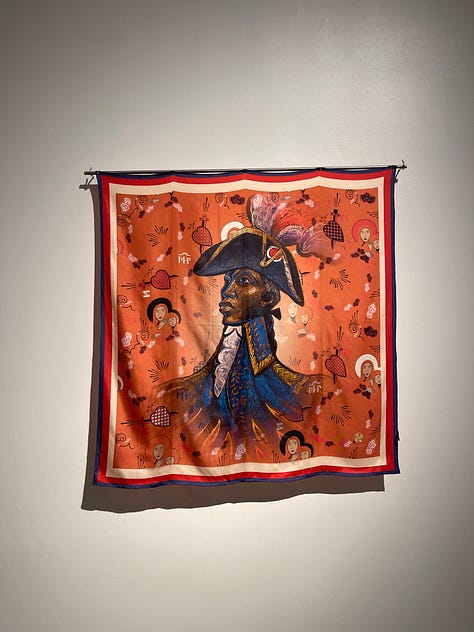

There isn’t enough media on the seismic impact of the Haitian Revolution on American history (which is to also say world history), but this exhibition attempts to capture its legacy in contemporary art and fashion. Take Natacha Lys’ reimagining of the Haitian flag or the Saint Fort duo’s pearl-studded headwear as a nodding to their Haitian ancestors, or Charlotte Hammond’s quasimodo figure conveying the burden of pèpè (massive bales of secondhand clothing dumped in Haiti). The message is clear: Haitian creativity is alive and well!
Jonathan Michael Square co-curated this show at Parsons, which also introduces viewers to one of Haiti’s strongest female archetypes: Madan Sara, a woman who works tirelessly to connect farmers with food markets and consumers throughout the country.





